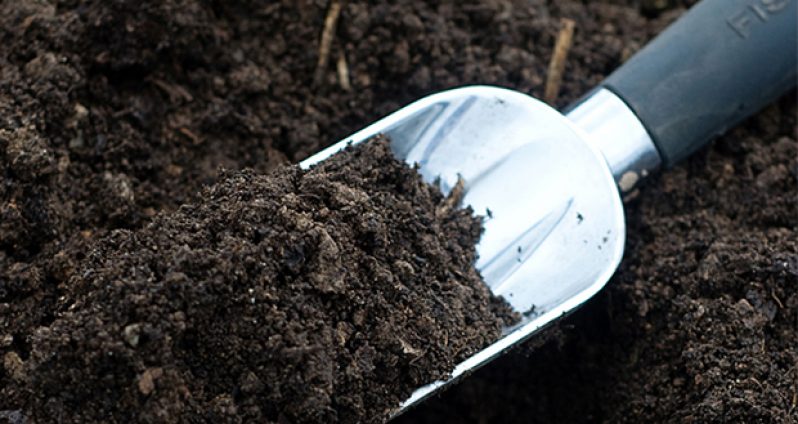Whenever practicable it is best to dig beds by hand.
Digging beds with a machine can destroy the earthworms and other earth creatures that help to make your soil fertile.A raised bed, well aerated bed should not be so wide that the middle can’t be reached from both sides.
Paths should be as narrow as is comfortably possible so that the growing space is maximised.
Before starting a new bed, put in stakes to mark each corner and connect them with a string then measure them.
The bed length can be whatever length desired however if they are too long you can spend a lot of energy walking around the beds.
A reasonably sized bed can be a maximum of twelve feet to eighteen feet long and three to four feet wide.
If the soil is dry and hard, water it well; thoroughly soak the bed to a depth of 2 feet . Set up a line to trace the edges of the bed to be dug.
Depending on the condition of your soil, you may also need to do one or more of the following things:
1. Use the material obtained from cleaning /weeding the area to make a compost pile.
2. If water is not available, waiting for the rain is advisable or one can try dry digging after the bed is soaked. It’s best to wait until the soil becomes moist enough for digging two days after watering. The soil should not be sticky and muddy nor should it be so dry that it won’t form a ball when squeezed in the hand.
3. Loosen the soil 12 inches deep.
4. Water lightly for a day or two (5 minutes or so per 100 square feet), or even longer if the clods are particularly large.
5. Let the soil rest for one day
6. Spread a layer of compost or manure on the area to be dug one to three inches in depth depending on how fertile the soil is. Sift it into the top.
Avoid re-compacting the soil
One of the reasons for digging deep (double digging) is to put air in the soil Once the bed has been dug, avoid walking on it since this will re-compact the soil and destroy its structure.
It is recommended to put compost on your bed and plant your seedlings as soon as possible after double digging.
If you cannot transplant your seedlings immediately keep the soil evenly moist to keep micro-organisms alive.
It’s useful to note that earthworms help make your soil fertile.
Culture earthworms:
The culturing of earthworms to benefit from their ability to transform all agriculture, animal and human waste products into organic fertiliser, is known as vermin-culture.
Worm reproduction is the key and most important part of the production of this natural type of fertiliser also known as humus.
More worms mean that more waste products can be transformed by the worms into soil enriching humus.
Vermin-culture is an art and science by itself and it has been stated that red worms are best for this endeavour. (Gardening Tips)



.jpg)











